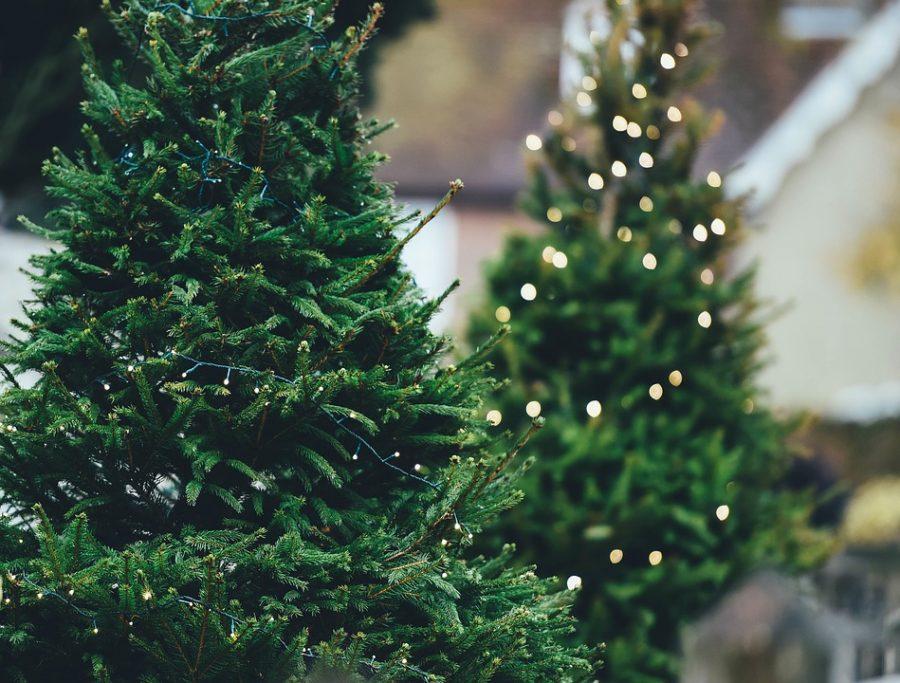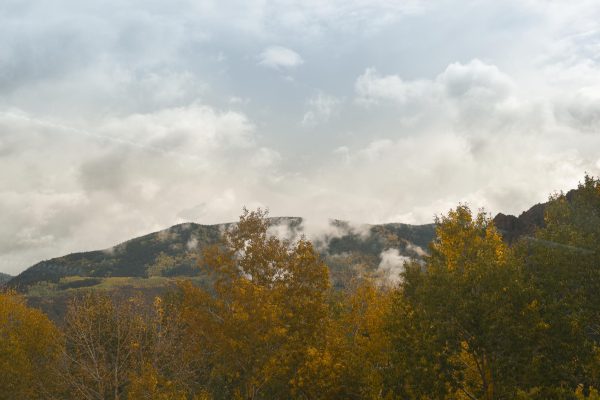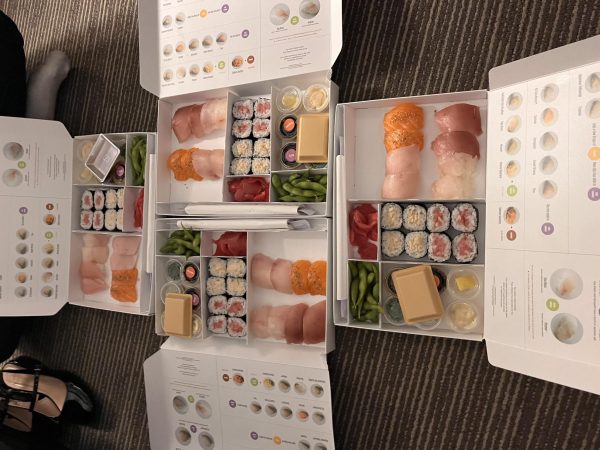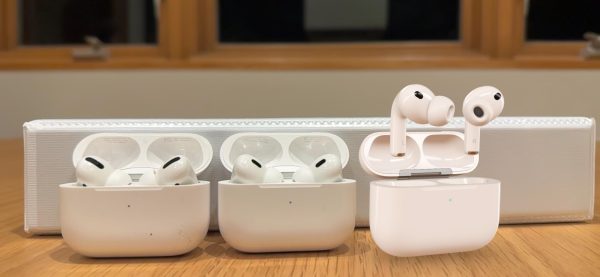Pine or Plastic?
Upon entry, the entire room smells as if a pine forest were planted into its wooden floors. Pine needles lay scattered around the trunk. The tree stands tall and proud, fully decorated in crystal snowflakes, white tulle and red and green glittering ornaments. Almost every house on the block has a tree; lights and accents abundant.
Christmas trees have become a deeply rooted part of the culture of the holidays. Even people of religions varying from Christianity will often sport their own holiday version of a tree. With the entire nation covering their homes in pines, one comes to question the environmental impact of such practices.
When it comes to the choice of tree type, Americans have two options: real or plastic. In recent years, the presentation of fake Christmas trees has become increasingly popular. Around 50 million fake trees will be assembled this upcoming holiday season in comparison to around 30 million real trees. Fake trees often come with preplaced lights and realistic looking branches and needles, and appear to be real. Not only are fake trees easier to maintain, but they can also save money. While they cost more (on average $66 compared to $38 for a real tree), if kept for several years fake trees can end up saving a lot of money. They also limit costs on transportation to and from the house as well as time and maintenance for a real tree. So, while fake trees may become the norm due to their intriguing advantages, how does this help environmentally?
The truth is this: it doesn’t, or not usually. While fake tree companies boast that keeping a fake tree for even two years greatly reduces the environmental impact of the holidays, this is not entirely honest. Depending on how the real tree is disposed, in the best case scenario one would have to keep the same fake tree for upwards of four years for their environmental footprint to be less than cutting down a tree every year. If a family is to keep its tree for this amount of time, then it may not only be saving money and time, but also pollution to our Earth.
On the other hand, real trees are often grown solely for the purpose of being Christmas trees. There are farms across the nation growing specialty pines just for this season, and buying a tree from them is purchasing a crop that was grown for the purpose of being cut down. By percentage, very few trees are actually taken from forests illegally. However, in a town such as Aspen, this is where the real environmental dangers come into play.
Not only is cutting down a tree from national and federal lands extremely illegal, but it is also extremely damaging to the forest. With large numbers of locals venturing into the woods for an eclectic and natural tree cutting experience, hundreds of trees can be taken down throughout the valley, destroying our local animal’s habitats.
“There are so many ways to engage in holiday spirit, but I think that taking environmental impact into concern is very important. Families should seriously consider what type of tree is not only best for them, but best for nature too” said Olivia Oksenhorn, a senior at AHS.
No form of a Christmas tree is good for the environment, however there are ways to make the impacts less monumental. If you will be gracing your family room with a tree this year, consider the options. If you are willing to store a tree for years to come, but want to support a healthy holiday season, then a fake tree may work well for you. If it is the natural pine aroma that you seek, stick with the tradition real tree (however, be sure it is from a tree farm meant for holiday season trees). Enjoy the holidays!
All information from the New York Times and The Christmas Tree Association.

Jordana Rothberg is the current News Editor for the Skier Scribbler. She was born in Aspen, Colorado, and will be graduating with the class of 2017. This...



































